
We arrived in the busy Medina late afternoon. All the roads looked the same, there were hundreds of people moving around, and we got a little lost… After some people trying to trick us and other trying to help us, we finally arrived at Riad Karmela. The first impression when we got inside was very strong: you just left chaos and got into peace, we could sit and relax. And that was exactly what we did, in a gorgeous patio, by a fountain, with mint tea and sweet pastries. Our host, Joel, greeted us and gave us a quick explanation on how to move around, what to see and how much to pay for stuff. He also gave us a simplified map of the city. We got to our room, named Layla, rested for a while and decided to have dinner in Jemaa El Fna.
Jemaa El Fna is one of the most famous places on the world for street food. There’s row upon row of stalls selling meat on a stick, snails, sheep’s head, sweets… Unfortunately, waiters are a little too pushy and that can ruin your experience. It almost did on our first night there, but we managed to sit in one of the stalls and ate some pretty tasty grilled meat, veggies and some awesome olives, a Moroccan standard. We drank freshly squeezed orange and lemon juices in another stall and head back to our Riad, getting a little stressed on the way since we didn’t find it on the first try and were “helped” by a couple of guys.
The next day, we decided to visit the new part of town and walk to the train station to buy tickets for Casablanca. On our way there, we passed the Koutubia mosque, maybe the most impressive minaret in town. We had lunch at a modern looking restaurant on a street full of hotels. I had an excellent lemon and chicken tagine, one of highlights of the whole trip. The new town is not as interesting as the Medina but it is also less stressful so it’s worth the visit just to get a different taste of Moroccan life.
We walked all the way to another city attraction, the Majorelle Gardens. Inside the Gardens, full of all kinds of autochthonous and tropical plants and trees, there’s the Berber Museum. The garden was the life’s work of the French painter Jacques Majorelle and later bought by Yves Saint Laurent and Pierre Bergé, who founded the Berber museum in the blue building where the painter’s studio was. The museum houses Saint Laurent’s and Bergé’s personal collection of Berber artifacts. Inside the garden there’s also the Yves Saint Laurent Memorial, and is the place where the fashion designer’s ashes were scattered. The Majorelle Garden is a pleasant place to sit for a while and catch your breath. The café inside looks really nice, but its prices are a little above Moroccan standards.
After leaving the garden, we decided to catch a taxi to the Medina. We had to haggle a little, but thanks to Joel, we were aware of the price of things and ended up paying more or less what we thought was fair. Our next stop was the Maison de la Photographie, a little museum that displays a collection of photos of Morocco from the beginning of the 20th Century. Old pictures have certain magic and this feeling was reinforced by the museum’s location. We went to the roof and the view from up there, the sun setting over the city, was totally worth it.
On the map, the Maison de la Photographie was very close to our Riad. Maps are a little deceiving in the Medina but we managed to walk to the Riad without hassle and even drank mint tea on a café nearby. We rested a little and decided to have dinner at that same café. Unfortunately, it was closed so we had to change our plans. In an attempt to avoid any unnecessary stress, we ended up in a restaurant close by, inside an interesting guesthouse. The food wasn’t that interesting: kebabs and a Panini. After eating we went back to the Riad, found it without problem (a first!) and had a drink in the patio. I tasted the local beer and realized how easy it would be not to drink alcohol in Morocco if all the beer were that poor.
[Texto de Òscar Buenafuente/Fotos de Karla Brunet]
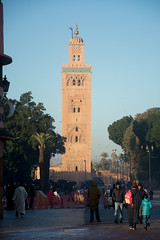
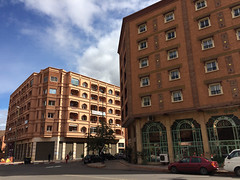
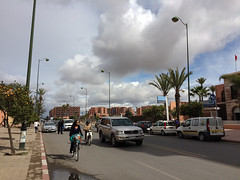
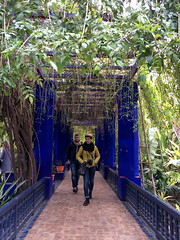
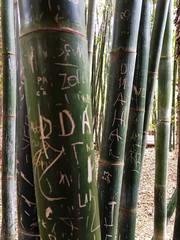
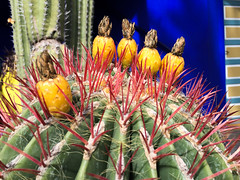

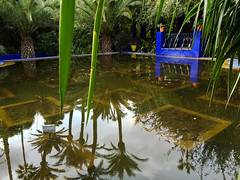
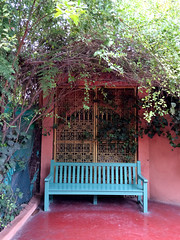
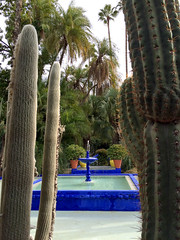
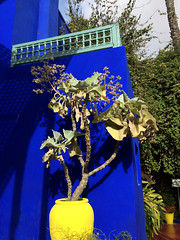
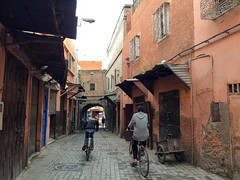
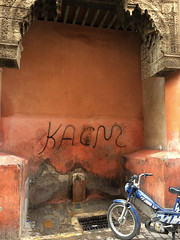
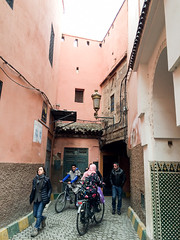
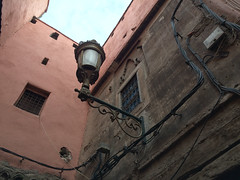
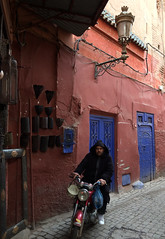
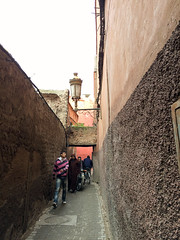
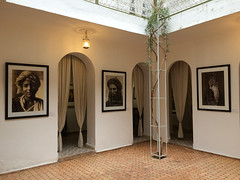
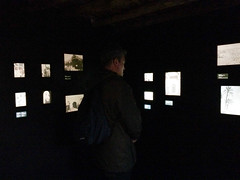
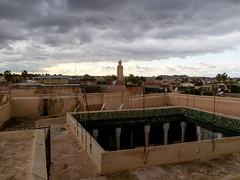
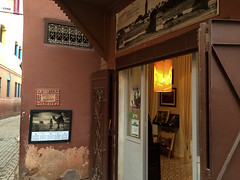
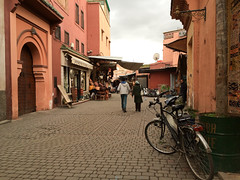
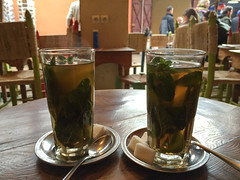
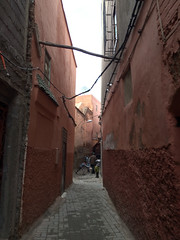
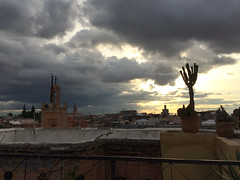
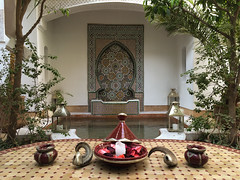

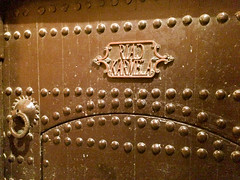



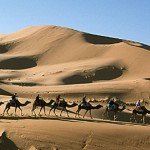



Social Profiles